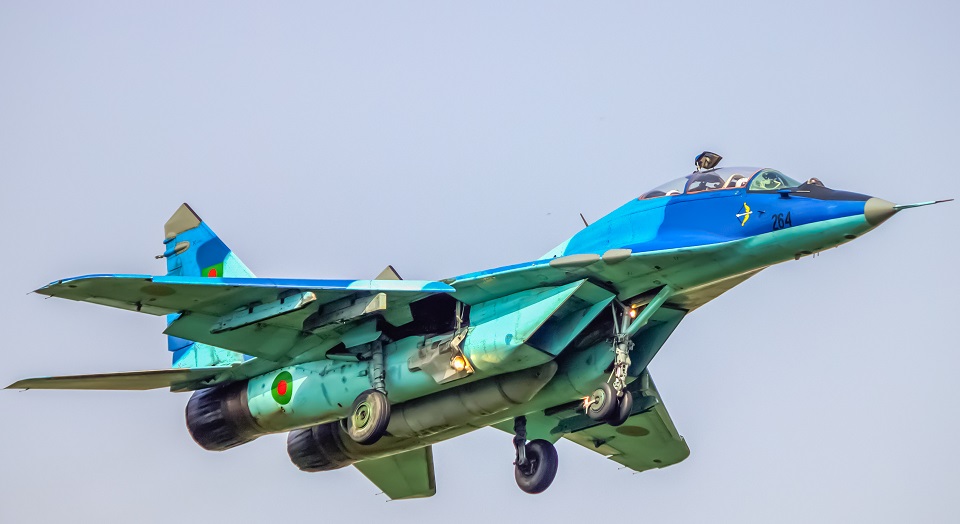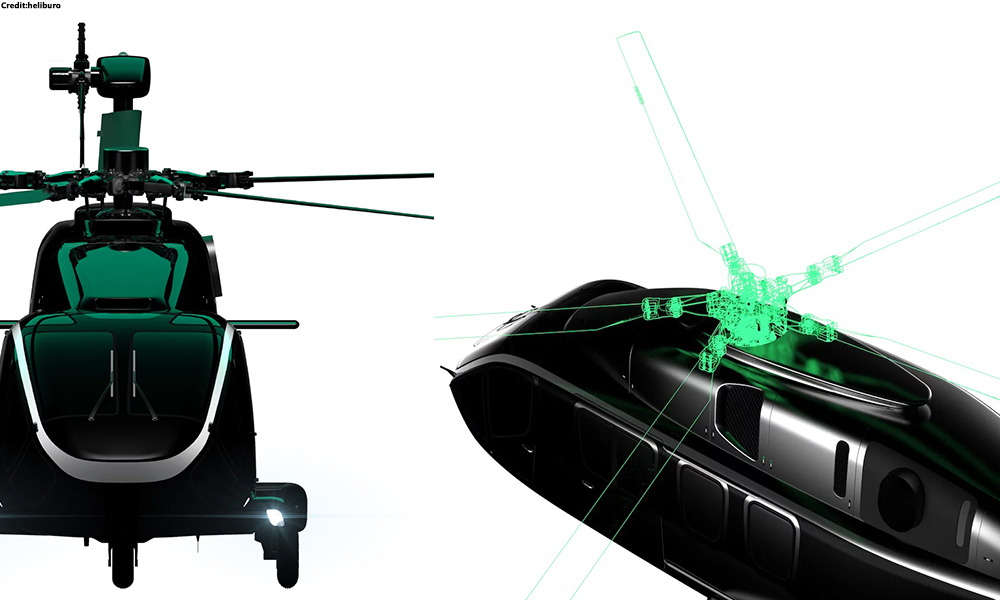Defence
Why does the US buy Soviet-era combat aircraft from Russia?

In a strategic maneuver reflecting geopolitical complexities, the United States has acquired a substantial cache of Soviet-era combat planes from Kazakhstan, a key ally of Russia.
Reports indicate that the acquisition encompasses 81 obsolete aircraft, including MiG-31 interceptors, MiG-27 bombers, MiG-29 fighters, and Su-24 bombers, with a sale value declared at $2.26 million, Which implies that each aircraft was $19,300.
Kazakhstan, in its transition towards modernizing its military arsenal, has been phasing out outdated Soviet-era aircraft in favor of more advanced models like the Russian Su-30SM multi-role aircraft.
The decision to offload these aircraft, valued at one billion tenge (£1.8 million), underlines Kazakhstan’s pragmatic approach towards military modernization. The sale notice emphasized the unusable state of the aircraft, rendering their modernization economically unfeasible, and limiting their utility as sources of spare parts.
While the rationale behind the US purchase remains undisclosed, speculation suggests potential implications for Ukraine’s Armed Forces (AFU), given that the acquired aircraft types are already in service there.
There are indications that these aircraft might eventually find their way to Kyiv, where they could serve various purposes such as disassembly for spare parts or deployment as decoys at airfields. This move underscores the evolving dynamics in the region, particularly amidst heightened tensions following Russia’s invasion of Ukraine.
Historically, Kazakhstan has maintained close ties with Russia, stemming from their shared Soviet legacy. However, recent geopolitical shifts, exacerbated by Russia’s aggressive actions in Ukraine, have prompted Kazakhstan to recalibrate its alliances, drawing closer to Western nations.

Defence
Russia’s NV.17 Hybrid Helicopter Aims to Balance Light and Heavy Helicopter Needs

As Western sanctions continue to impact Russia’s aviation sector, the country is making significant strides in advancing its domestic aerospace capabilities.
Despite the ongoing challenges, Russia has unveiled the Heliburo HB.17, a cutting-edge hybrid-powered medium-class helicopter that promises to reshape both commercial and military aviation.
The helicopter is currently in the technical design phase, with plans for its first flight slated for 2027. This marks a major step forward in Russia’s efforts to modernize its aviation fleet and reduce reliance on foreign technology.
This country tops visa rejections in the popular Schengen countries
The HB.17 is designed as a versatile, multi-role aircraft, capable of performing a wide range of functions. It is built to handle cargo transport, passenger carriage, reconnaissance, and close air support missions. With its robust design and flexible capabilities, the HB.17 is expected to meet the needs of both military and commercial operators, offering a solution for missions requiring a greater capacity than light helicopters but avoiding the limitations of larger aircraft.
One of the most innovative features of the HB.17 is its hybrid power plant. This combination of conventional and electric technologies enhances fuel efficiency, allowing the helicopter to stay airborne for up to seven hours without needing to refuel.
This extended operational endurance makes the HB.17 particularly well-suited for long-duration missions, providing a significant advantage over traditional helicopters. Additionally, the HB.17 will be equipped with modern avionics, ensuring advanced navigation, communication, and operational capabilities.
Qatar Airways Cargo and MASkargo Launch New Strategic Partnership
The HB.17 is positioned to compete with other medium-class helicopters such as the Kamov Ka-60/62 and the Mil Mi-38. However, its hybrid powerplant and modern avionics set it apart, offering a more efficient and technologically advanced alternative.
Its multi-role versatility, combined with its fuel efficiency and cutting-edge systems, gives it a competitive edge in the evolving aviation landscape. The introduction of the HB.17 follows recent reports of Russia receiving a new batch of armored vehicles from the UAE-based Streit Group.
Russia has traditionally focused on producing helicopters for defense purposes, but this time, it appears to be venturing into the civilian helicopter market with the HB.17.
This, along with the ongoing development of the HB.17, reflects Russia’s continued efforts to modernize its military assets and increase its self-reliance, even as sanctions continue to pressure its defense and aerospace sectors.
As Russia faces mounting geopolitical challenges, the HB.17 stands as a symbol of resilience, technological innovation, and determination to maintain its military and aviation capabilities.
-

 Aviation2 months ago
Aviation2 months agoMicrosoft Flight Simulator Raises $3 Million to Bring Back the An-225 Mriya
-

 Airlines2 months ago
Airlines2 months agoQatar Citizens Can Travel to the United States Without a Visa
-

 Aviation2 months ago
Aviation2 months agoQatar Airways bans these new Electronic Devices on plane
-

 Airlines2 months ago
Airlines2 months agoJapan Airlines Rolls Out Free Domestic Flights to International Passengers
-

 Defence2 months ago
Defence2 months agoWhich Country Has the Largest Fleet of Fighter Aircraft?
-

 Airport2 months ago
Airport2 months agoWestern Sydney Airport Welcomes Its First Plane After 6 Years of construction
-

 Travel2 months ago
Travel2 months agoQatar Airways Launches Four Additional Flights from Amsterdam
-

 Aviation2 months ago
Aviation2 months agoDid you know ? Once Boeing 747 carried 1088 passenger in 1991








